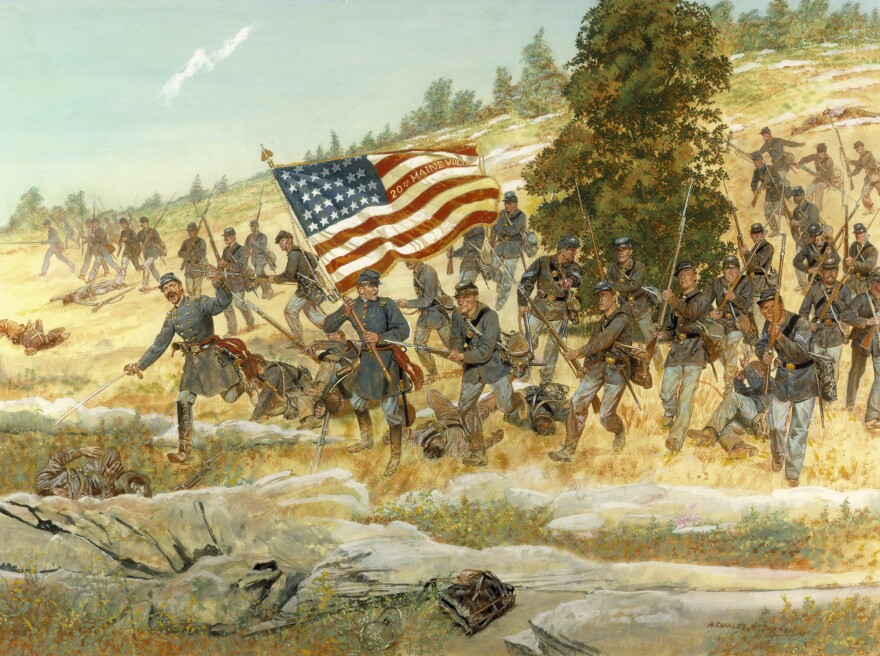During a time when the country can seem deeply divided politically and culturally, interest in another era of deep division has been rekindled.
On the 160th anniversary of the start of the Civil War, The Conversation explored the stories of prominent men from Hawai‘i who fought in the war and were buried at the O‘ahu Cemetery.
Local historian Nanette Napoleon shared what she's learned about the forgotten stories, many of which she's discovered while working on her book, "Hawai‘i Sons of the Civil War." She said a lot of people don't even realize there were people from Hawai‘i who fought in the Civil War.
Following the storming of the U.S. Capitol in January, one lasting image was of a man using a Confederate flag to beat Capitol Police officers who were protecting the building and the nation's lawmakers.

Since then, Napoleon's knowledge of the Civil War has been sought after for lectures across the U.S. mainland.
Napoleon first introduced Nathaniel Bright Emerson, a soldier and then medical doctor and writer of Hawaiian history and culture. Emerson was born in Waialua to American Protestant missionaries in 1839.
The Civil War started while he was enrolled at a New England college, so he left school to fight for the First Regiment of the Massachusetts Volunteer Infantry, Napoleon said.
He returned to the islands in 1878 as a doctor and also wrote historical books with his wife such as "Unwritten Literature of Hawai‘i: The Sacred Songs of the Hula."

Another prominent man buried at the O‘ahu Cemetery was Alfred S. Hartwell (1836 - 1912), Chief Justice of the Hawai‘i Supreme Court from 1907 to 1911.
Prior to his judgeship, he fought in the Civil War and worked his way up to Brevet Brigadier General, Napoleon said. As a captain of one of the first Black infantries, he frequently championed for equal pay and support for his soldiers.
More than 30 men buried at the cemetery fought in the American Civil War, she said.
This story aired on The Conversation on April 26, 2021.





